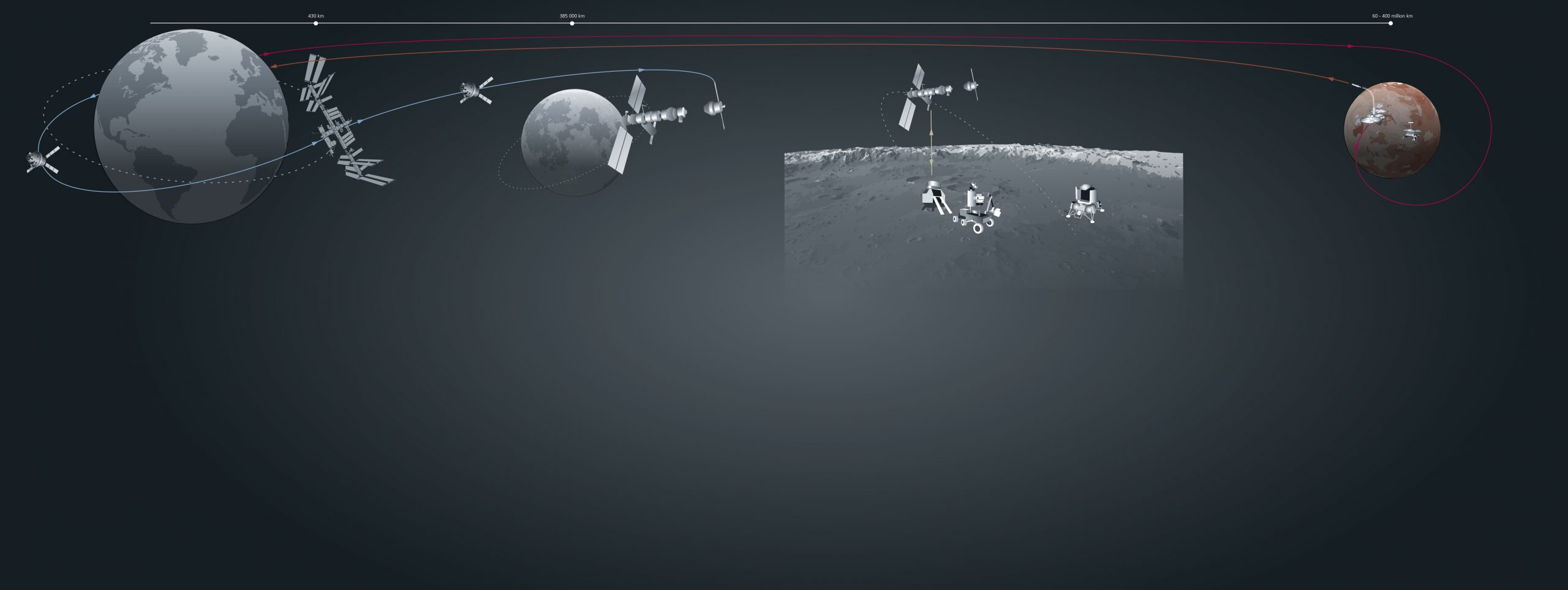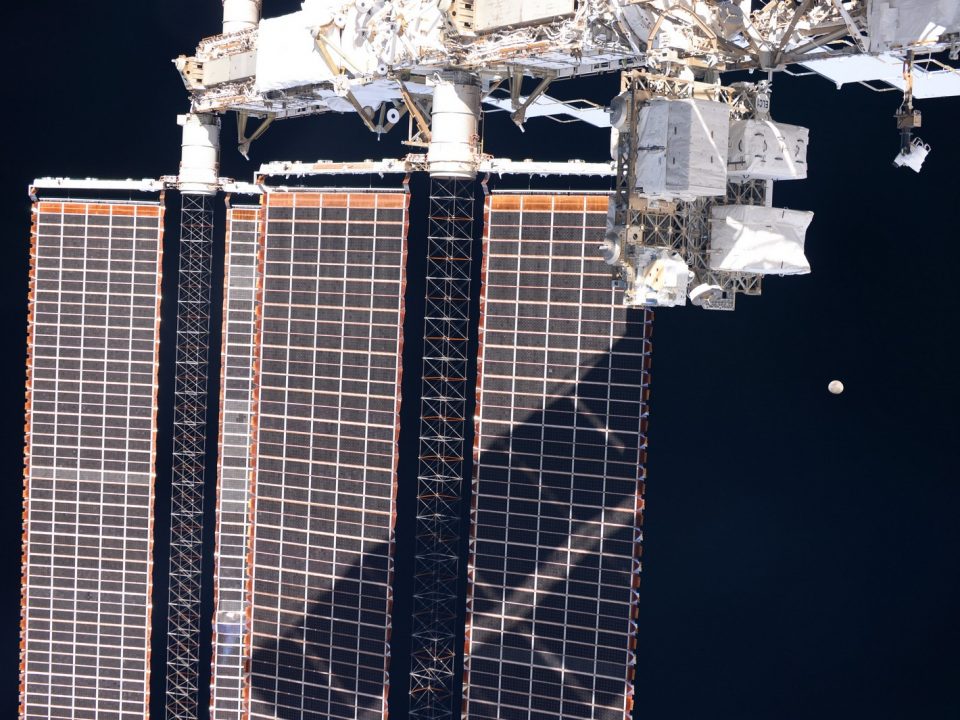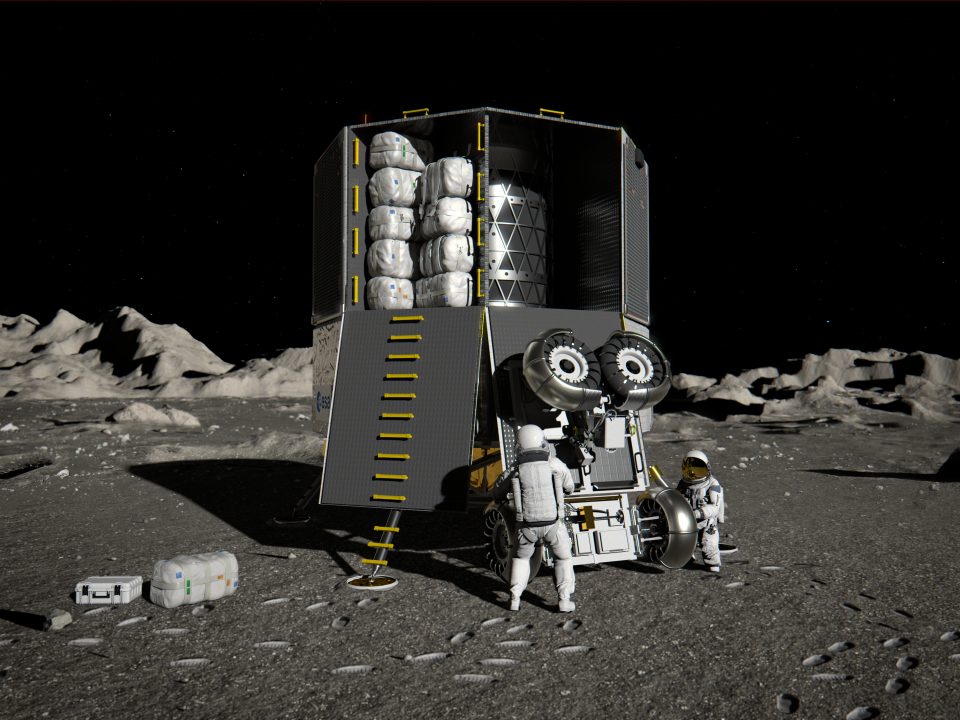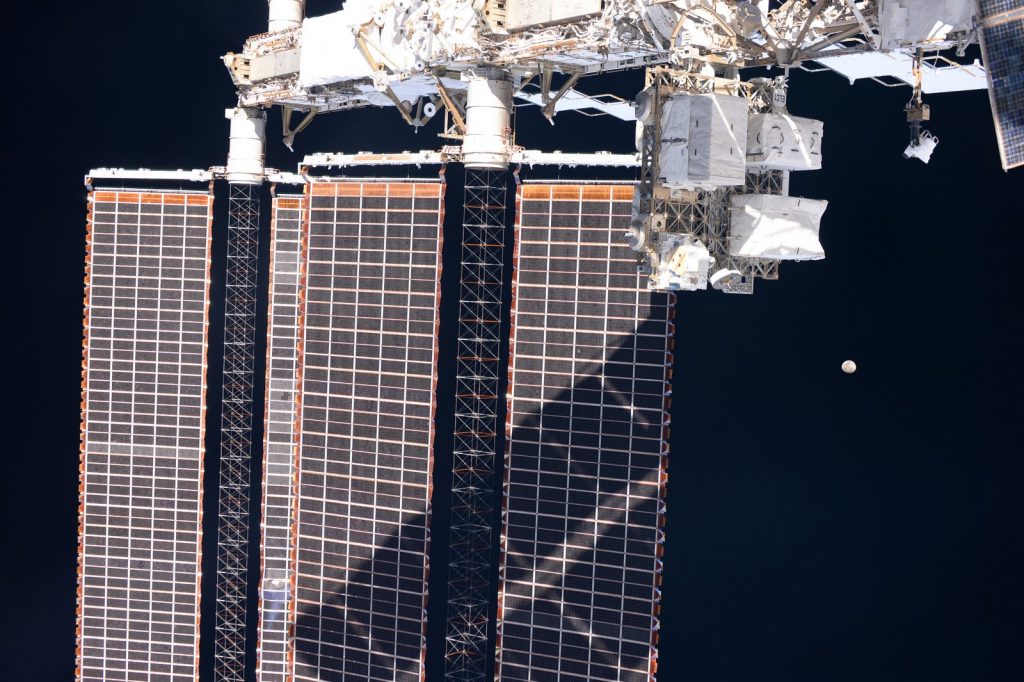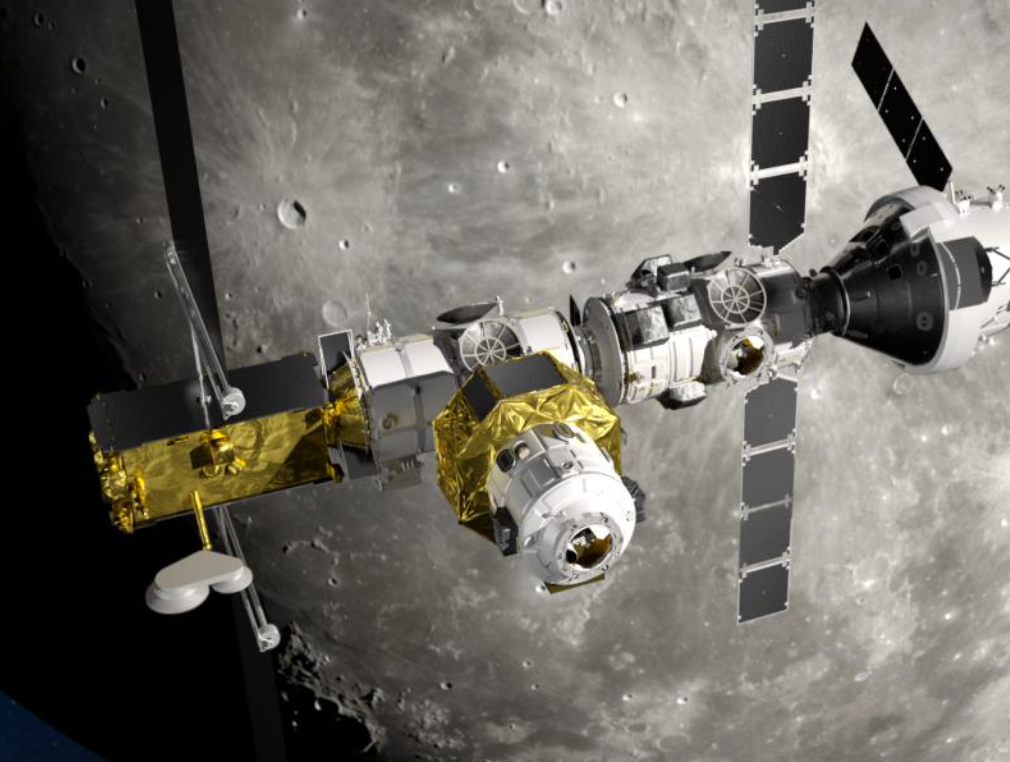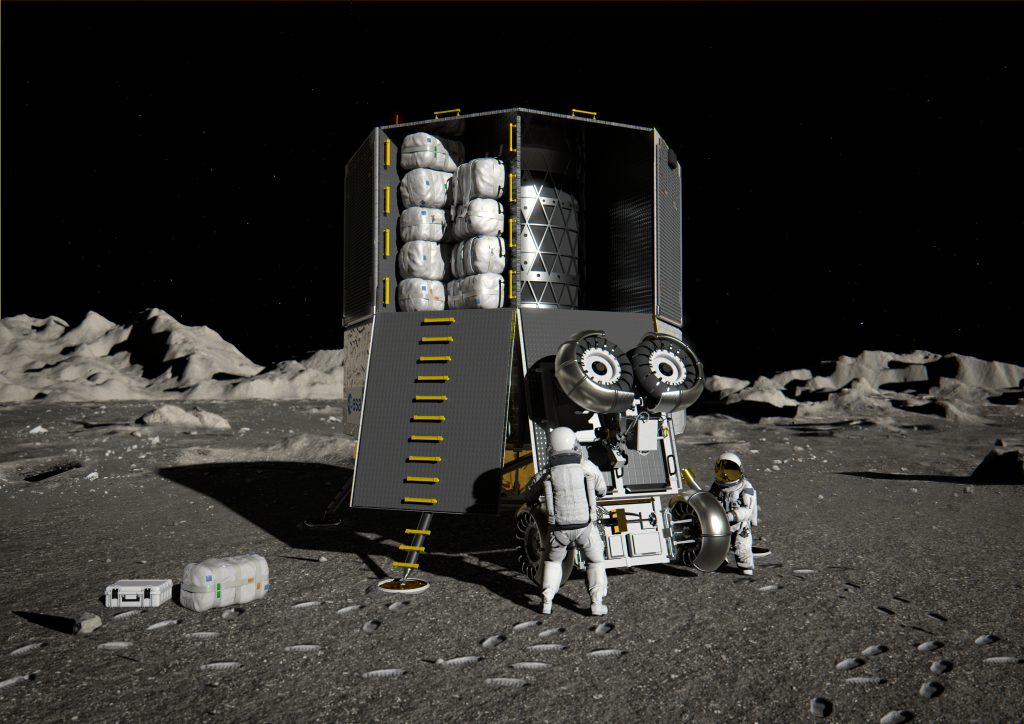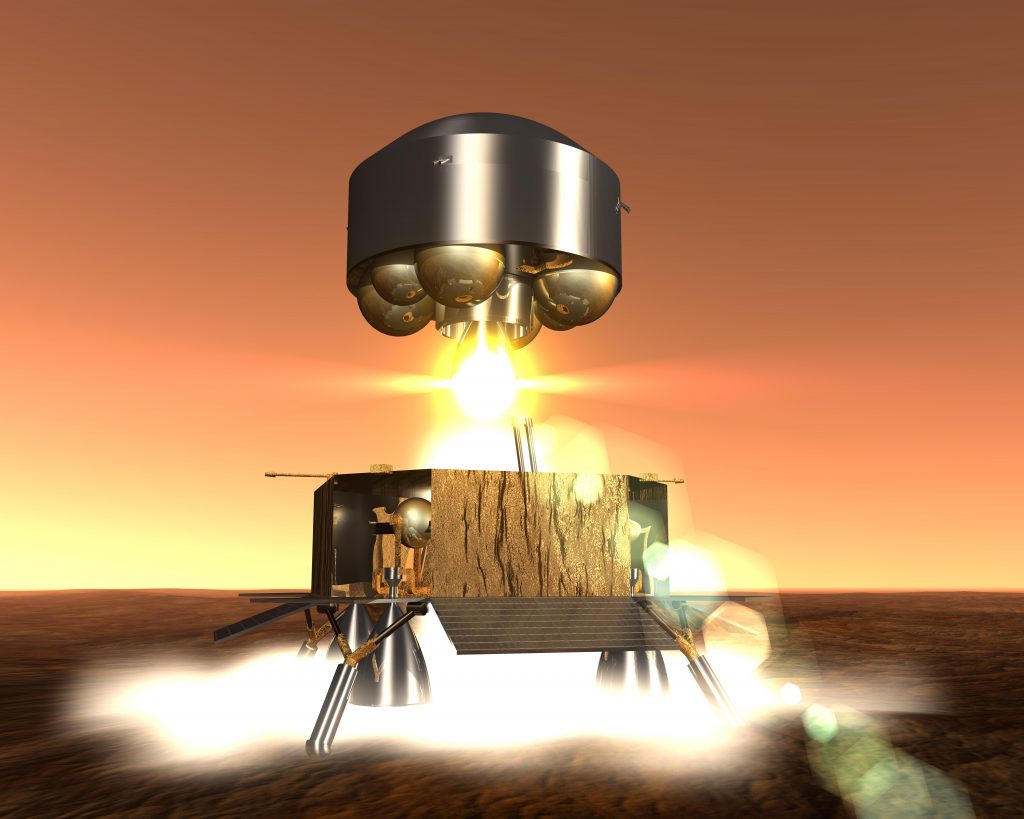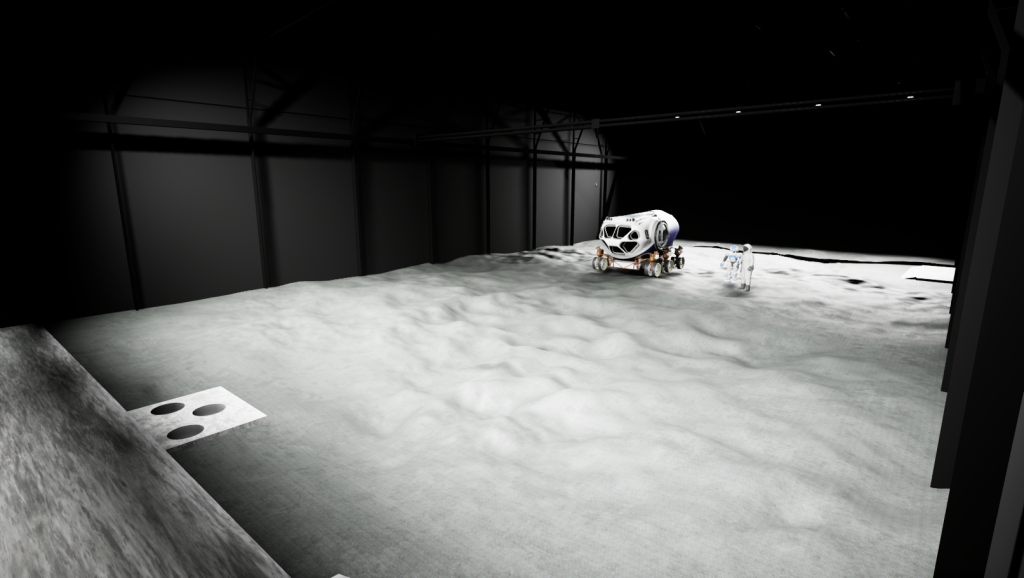The ISS safeguards exciting research under space conditions
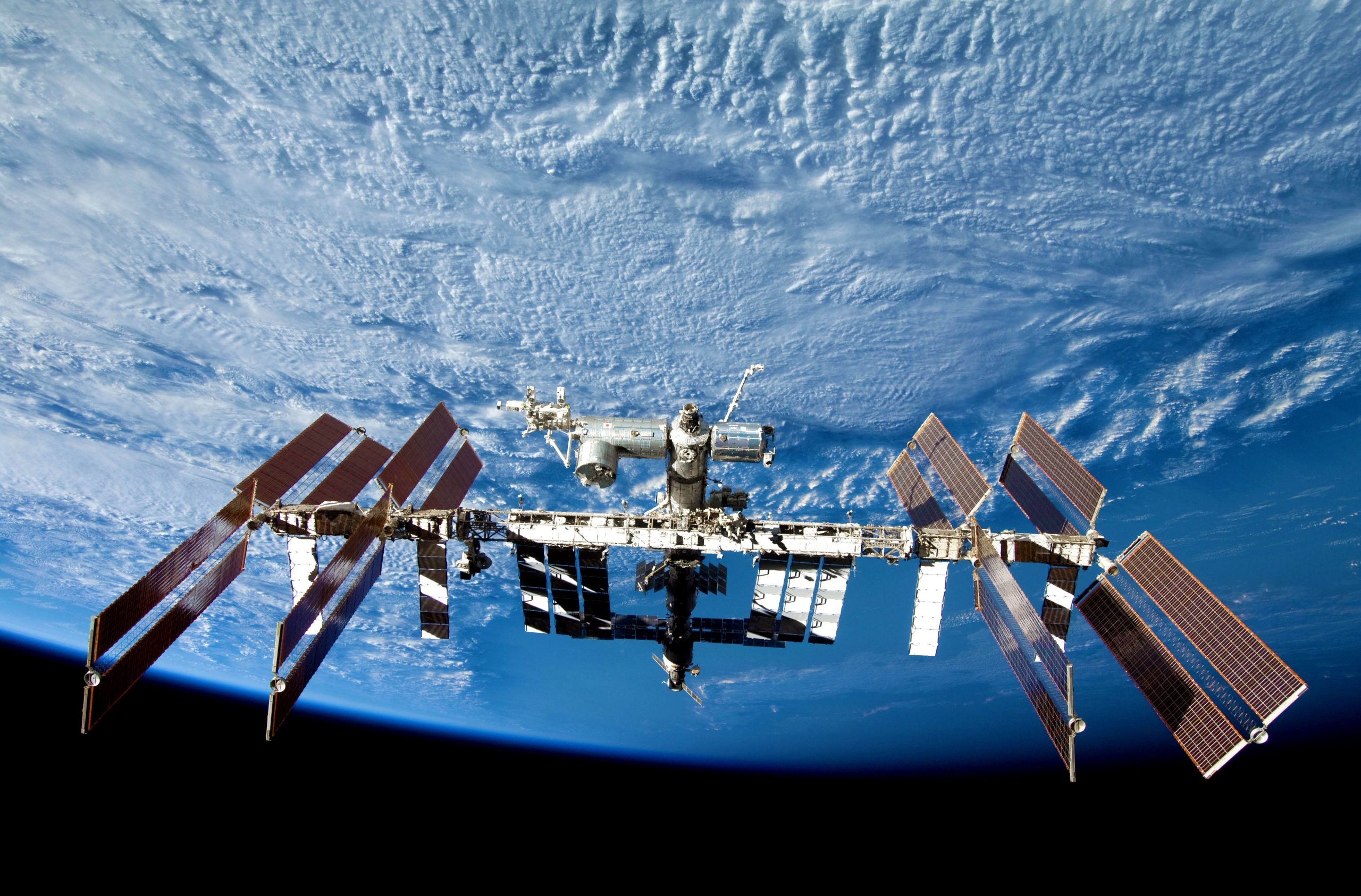
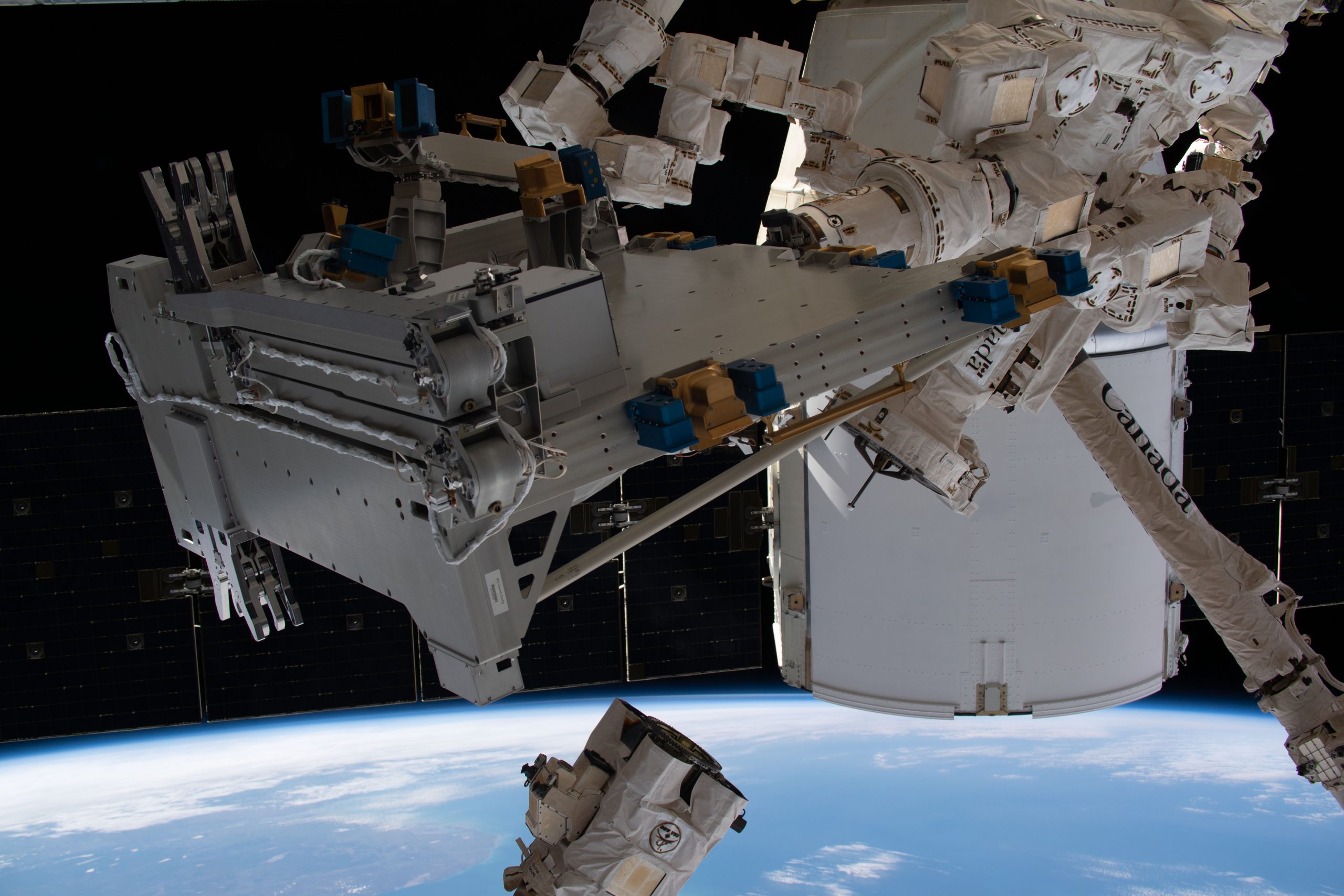
Germany boasts Europe's largest community of scientists conducting research under space conditions. But only by nurturing upcoming young talent will it be possible to maintain this leading position. Intriguing studies on the ISS and other platforms are bound to inspire the next generation of scientists to study STEM subjects and eventually space research at our universities. It follows that the ISS safeguards a wide range of exciting research activities under space conditions. With its contribution to ESA at the 2022 Council Meeting at Ministerial Level, Germany has ensured the continued operation of the space station until at least 2030 whilst preparing the ISS for the smooth transition to its use as a sustainable LEO infrastructure after 2030. New, commercial services are currently being developed in the US by Axiom Space, Blue Origin ('Orbital Reef') and Nanoracks ('Starlab'). Such private sector activities are becoming increasingly important for the ISS itself. An increasing number of commercial operations and services are being enabled 400 kilometres above Earth in order to make the existing infrastructure available to a wider user base and allow space agencies to redirect their focus onto new objectives. German companies are developing their own commercial offerings, such as Airbus with the Bartolomeo project. In addition, the continued utilisation of the ISS is to cover certain aspects of exploration that will enable journeys to more distant worlds.
Germany at the forefront of space research
The SciSpacE element of the E3P programme will continue to support European scientists to conduct fundamental research and, to a limited extent, prepare for the scientific activities on the Gateway. German institutions will likely be the main beneficiaries. After all, during the Cosmic Kiss mission undertaken by the German ESA astronaut Matthias Maurer in 2022, no fewer than 35 of the total of 240 experiments conducted had been prepared with German participation. Whether human physiology, biology, medicine, physics, materials science or technology, Germany is ideally equipped across the entire breadth of cutting-edge research under space conditions. This is thanks to a comprehensive national space programme that has stimulated and bolstered scientific activities on the ISS to date. This strong foundation for German experiments must be consolidated further in the new age of exploration. Germany is also home to leading expertise in planetary research, primarily located at DLR Adlershof and at various Max Planck institutes.
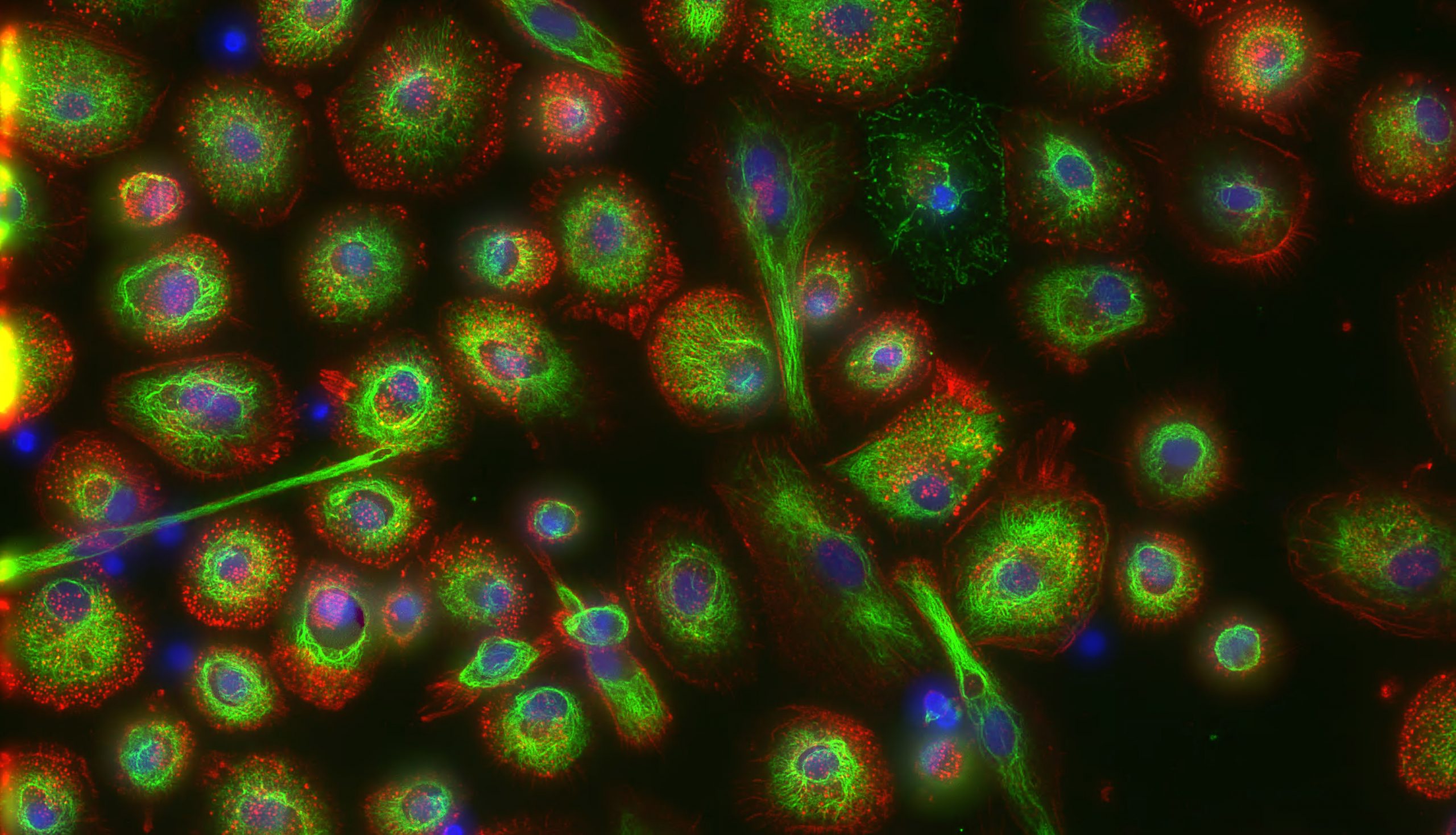
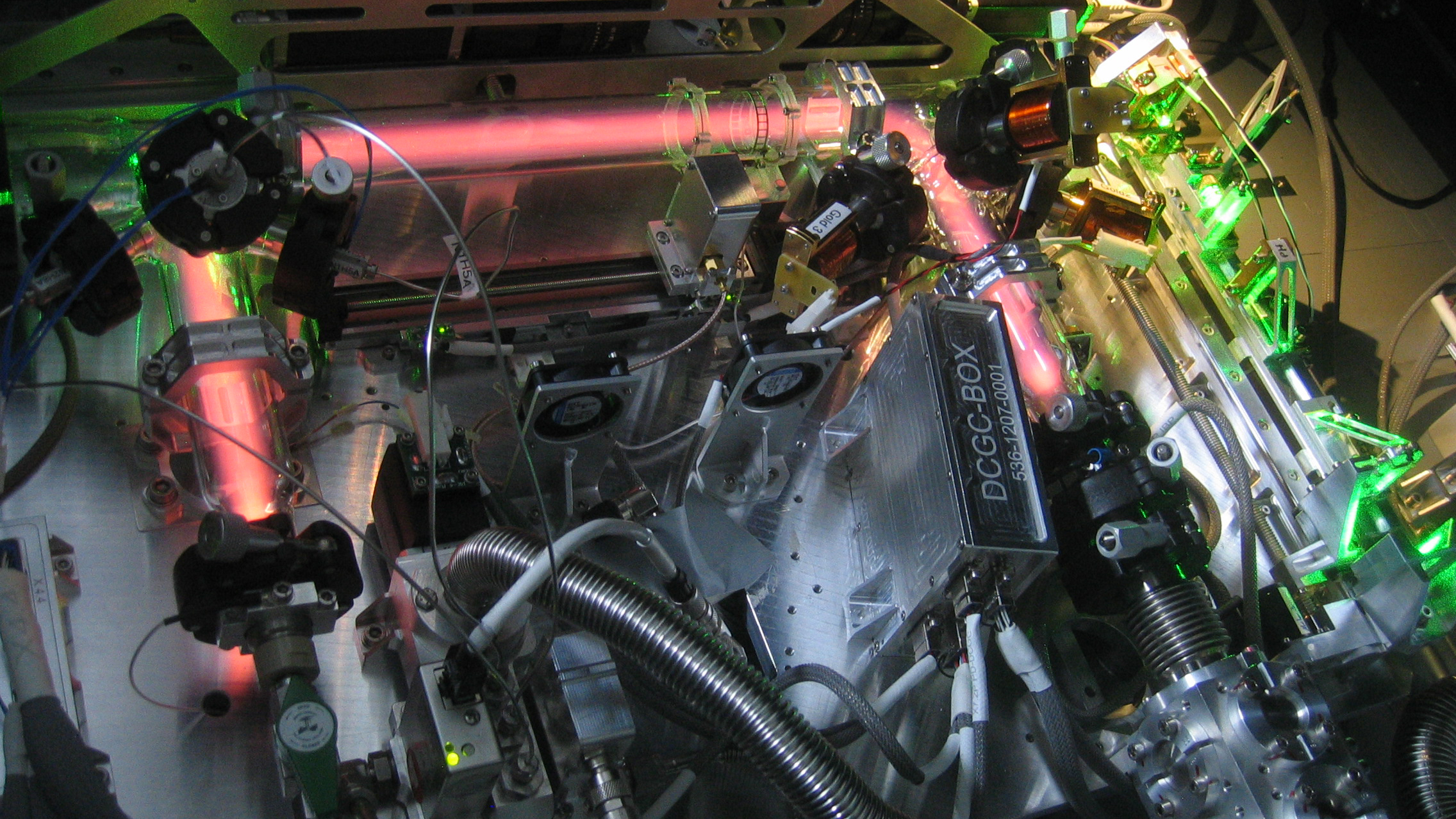
Five Cornerstones for ISS and Exploration
